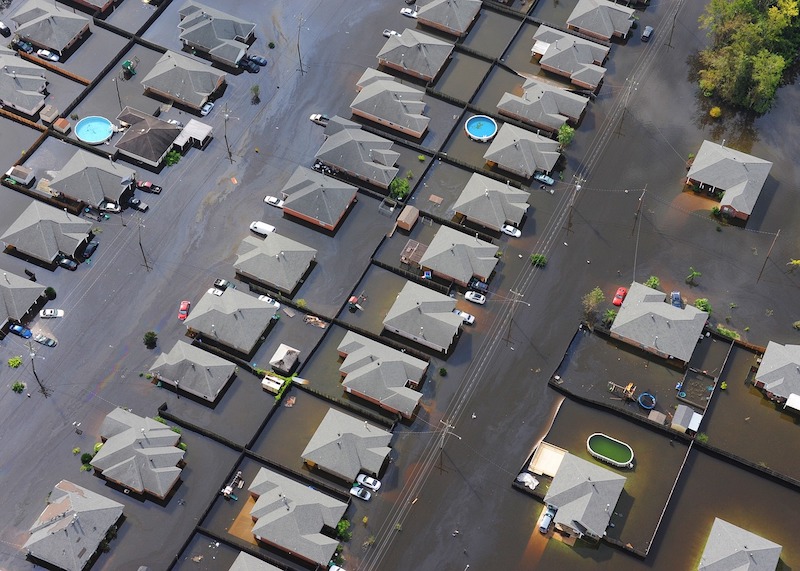The Federal Emergency Management Agency (FEMA) and the International Code Council have released an updated guide on integrating I-Codes into floodplain management regulatory processes related to structures, buildings, and other development.
The document is intended to help state and local officials integrate the I-Codes into their floodplain management regulatory processes to satisfy the requirements to participate in the National Flood Insurance Program. The benefits of coordinating building codes and floodplain management regulations include reduced duplication and conflict between requirements and improved, consistent, and thorough review, permitting, and enforcement processes.
The guide provides a series of questions that states and communities should answer to know whether and how to modify existing floodplain management regulations to coordinate with building codes. It shows how to incorporate higher standards in state and local building codes that are based on the I-Codes to increase building and community resilience to flood damage.
The document also contains model code-coordinated ordinances prepared by FEMA.
Related Stories
| Sep 1, 2011
Project Aims to Automate Code Compliance Assessment
FIATECH, a consortium of owners from the industrial, power, and retail markets that build large structures, launched a project this year to validate the use of automation technology for code compliance assessment, and to accelerate the regulatory approval process using building models. Long-term objectives include the development of an extensive, open-source rule set library that is approved by industry and regulatory bodies for use by technology developers and code officials.
| Sep 1, 2011
EPA Says Additional Lead Paint Cleaning Rules Not Necessary
The EPA has concluded that current Lead: Renovation, Repair, and Painting Program (LRRP) cleaning requirements and lead-safe work regulations are sufficient to protect the public from lead dust hazards. “Our members have been instrumental in contacting legislators to detail the detrimental impact of the current LRRP," says Richard Walker, American Architectural Manufacturers Association’s president and CEO. “This collective industry voice has prompted the EPA to make the responsible decision to refrain from adding further, unnecessary costs to homeowners under the current economic climate."http://www.aamanet.org/news/1/10/0/all/603/aama-commends-its-members-congress-for-vacating-lrrp-clearance-rule
| Aug 11, 2010
Best AEC Firms of 2011/12
Later this year, we will launch Best AEC Firms 2012. We’re looking for firms that create truly positive workplaces for their AEC professionals and support staff. Keep an eye on this page for entry information. +







